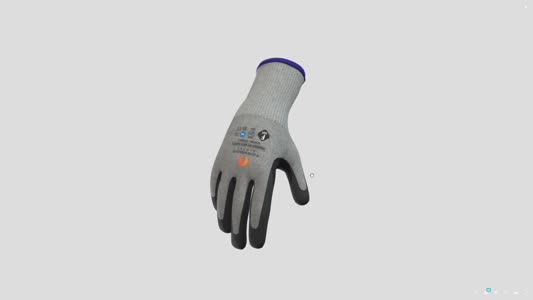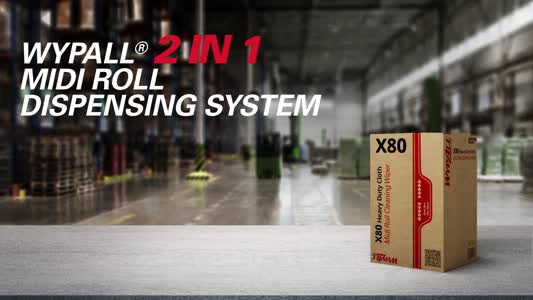
 |
Mark Sennett
Managing Editor |
 |
Kelly Rose
Editor |
| Home> | Health & Wellbeing | >General Health & Wellbeing | >A day in the life of Kate Cole |
ARTICLE
A day in the life of Kate Cole
30 September 2014
Each issue, HSM speaks to a member of the BOHS about the challenges and rewards of working as an Occupational Hygienist. This issue we talk to Kate Cole, Manager for Occupational Health and Hygiene for Thiess Services.
1. How early do you rise?
On most days - 5:15am. I get three kids ready for before-school care and day care (the routine of dressing, brushing hair, brushing teeth, packing lunches and bags) followed by enough time to grab a cappuccino and commence a rough Sydney commute along the M4 to the office.
2. What gets you out of bed in the morning?
Regardless of what time I set the alarm, I tend to always wake up one minute before it goes off…and I’m always a little sad that I don’t get the extra one minute sleep in!
3. Breakfast in bed, on the hoof, or at your desk?
Cereal whilst making lunches for the kids, un-stacking the dishwasher, loading the washing machine, and packing the kids school bags.
4. What do you do?
I am the Manager for Occupational Health and Hygiene for Thiess Services. I develop and manage occupational health programs on major projects. At the moment that includes projects that involve the remediation of contaminated land (eg: previous manufactured gas plants) and large construction projects including those that involve a large tunneling component. I have a team of occupational hygienists that support these projects.
5. Where do you work?
I am based in our company’s head office in Sydney, but I travel to our project sites across Australia.
6. What does a typical day entail for you?
Mornings are hectic and involve getting three children out the door by no later than 7:15am. After having done this for the past 7 years, I think I have got it down to a fine art!
No workday is typical, which is one of the reasons I enjoy my job so much. On Tuesday last week for example, I was training 50 workers in their very first Underground Induction on occupational health hazards and control measures on a $1 Billion tunneling project. That was followed by writing up the results of a site walkthrough and Qualitative Occupational Exposure Assessment for exposures to respirable crystalline silica, diesel particulate matter, diesel exhaust gases, amongst other hazards. By lunchtime I travelled to one of our sites to meet with the Management team to provide an update on the occupational health program for their work areas, and by early afternoon I was planning out an exposure assessment strategy to quantitatively assess exposures to volatile organic compounds such as benzene and other chemicals associated with gasworks waste. I spend a bit of time in the car, so I am always chatting on the phone whilst driving (hands free of course!).
After work I pick up the kids from day care and school, make dinner, feed the children, supervise homework, clean up after dinner, bath three children, brush hair, brush teeth, and tuck them into bed. I have a fantastic husband so I get a lot of help here!
I volunteer on the Australian Institute of Occupational Hygienists (AIOH) communications committee where a team of us are working to revamp and revitalize the AIOH website and external communications strategy.
8. What is your favorite piece of work equipment?
My iPhone. I realise it’s not a calibrated piece of monitoring equipment, but the majority of what I do is collect information, assess risk and communicate it…at the same time. My iPhone lets me take a plethora of photos and video footage of what’s going on, make a qualitative judgment based on that information, and call/email people to communicate recommendations for control as soon as possible. For me, using a piece of monitoring equipment is the last step in the process, and is used to see if all the control measures were indeed effective.
9. What advice would you give a person thinking of becoming an occupational hygienist?
I’m going to be honest – The Masters Degree program in Occupational Hygiene Practice (in Australia at UOW) is hard. Do not think that it is easy. However, it is one of the most interesting and rewarding experiences that you will have, and a postgraduate degree is necessary if you want to become an Occupational Hygienist.
A career in Occupational Hygiene will never be dull and boring, it will give you flexibility to choose to either travel the globe, or work close to home. As an occupational hygienist, your job will be perpetually interesting, meaningful and you will have the ability to have a lasting impact on worker health.
MORE FROM THIS COMPANY
- A day in the life of Mary Cameron
- A day in the life of Cath Hare
- Breathe Freely initiative
- A day in the life of Tracey Boyle
- A day in the life of Julian Dowson
- A day in the life of Chris Beach
- A Day in the Life of Neil Grace
- BOHS announces appointment of new CEO
- BOHS CEO steps down
- A day in the life of Damien Eaves
RELATED ARTICLES
- BSIF: Covid-19 Update
- Dust tight
- SAFEContractor for 5th year
- BSC welcomes proposals to slash legal costs in personal injury claims
- Get some insight
- Asbestos remains number one killer
- Chemical exposure course goes more than skin deep
- Getting workers involved in safety
- Dual drug testing
- On-site health screening
OTHER ARTICLES IN THIS SECTION























